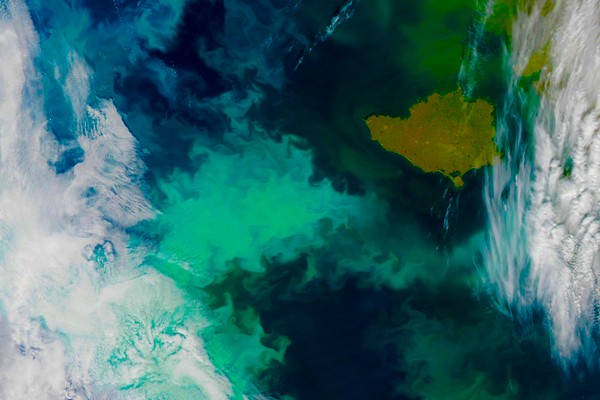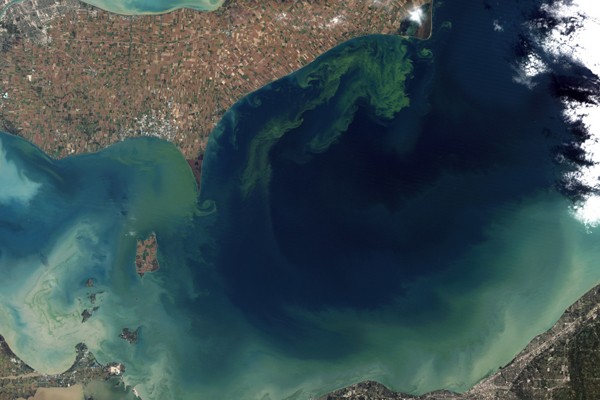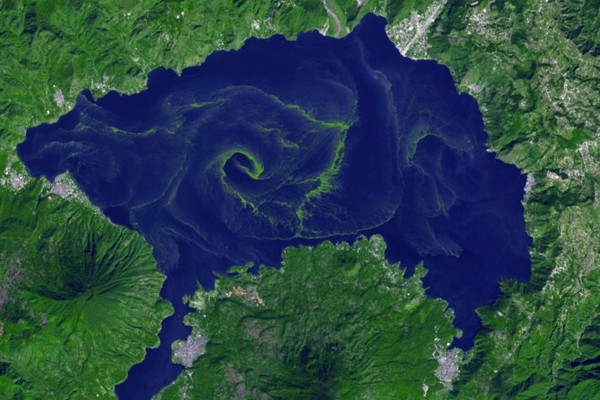NASA unveiled a new project that will help in preventing toxic algal blooms by providing an early warning indicator through images from space.
The space agency is partnering up with the U.S. Geological Survey, the U.S. Environmental Protection Agency and the National Oceanic and Atmospheric Administration to make the $3.6 million project possible.
NASA's multi-agency project aims to provide colored ocean images from space satellites to determine where algal blooms will take place. An information dissemination system is also planned to better distribute announcements regarding public health, according to Phys.
In the U.S. alone, about $64 million worth of freshwater annually is degraded by the toxic algal blooms, On August 2014, a drinking water supply for over 400,000 residents was banned by Ohio officials because of the Lake Erie algal bloom contamination.
Charles Bolden, an administrator at NASA, said that space is a great vantage point as it provides a way for better understanding the Earth and also improves lives across the globe.
Bolden added that NASA is excited to put their space expertise to contribute in protecting the safety and health of the public.
The European Space Agency will also take part in the public health project. The Sentinel-2 and Sentinel-3 space satellites will be utilized along with NASA's USGS-NASA Landsat, according to Wired.
Images from the said satellites in space will be meticulously analyzed by the different agencies for planning a course of action if there is an impending algal bloom in the waters.
The agencies are also hoping to use the algal bloom data for studying other environmental changes such as global warming, excessive plant growth and the controversial climate change.
Satellite images, landscape and geographical data are expected to be studied to further explore the interaction between the different environmental and anthropogenic systems. The agencies are also hoping to use individual satellites for observing a single variable once the technology is proved to be cost efficient.





























